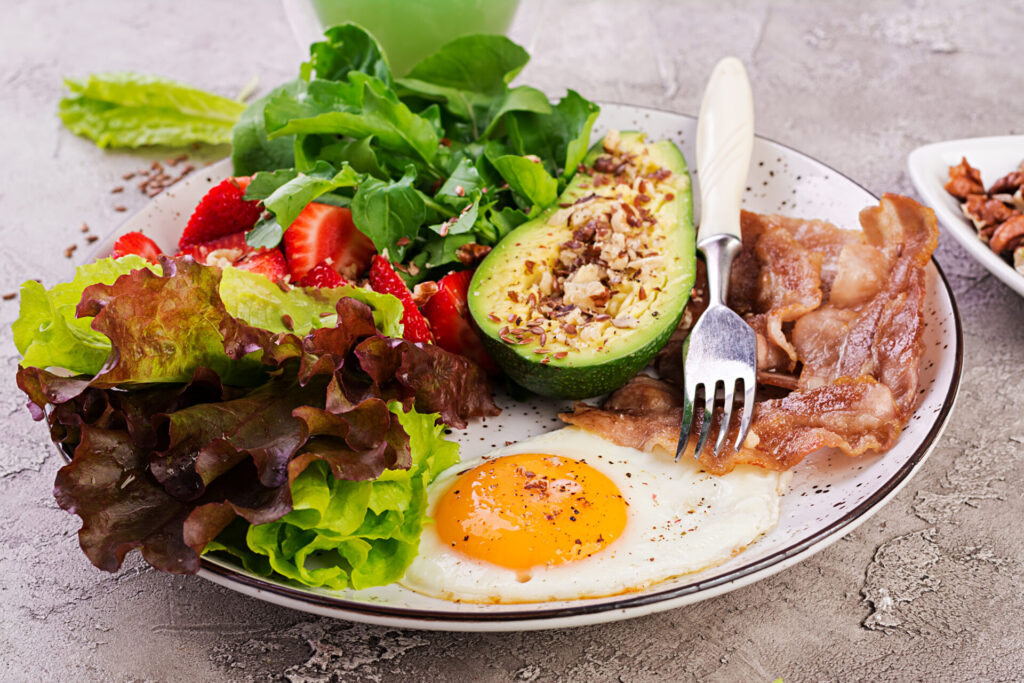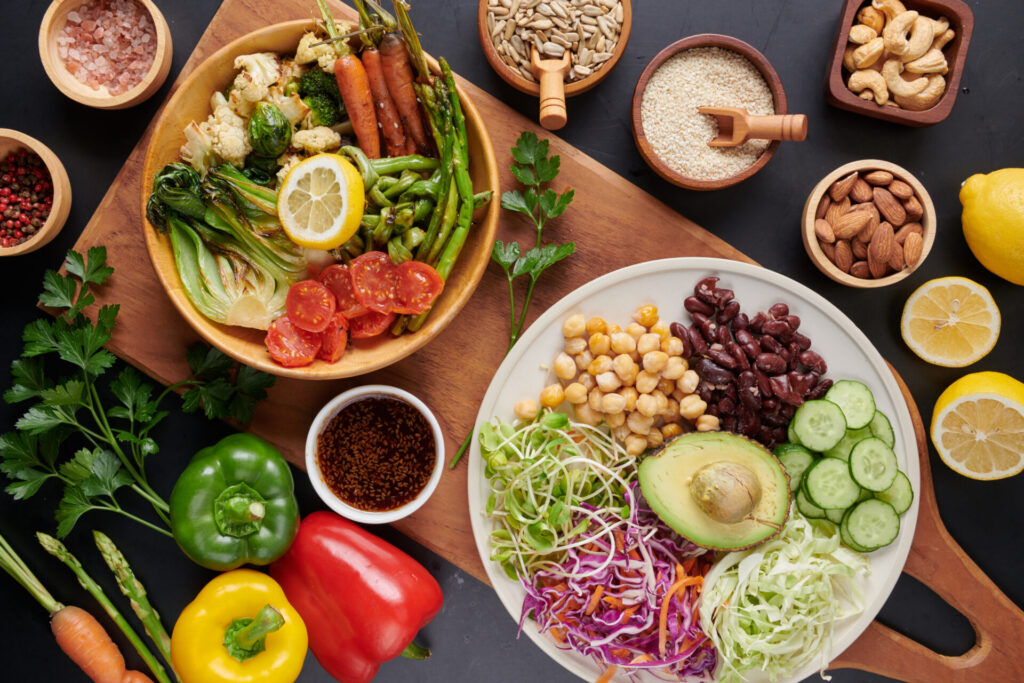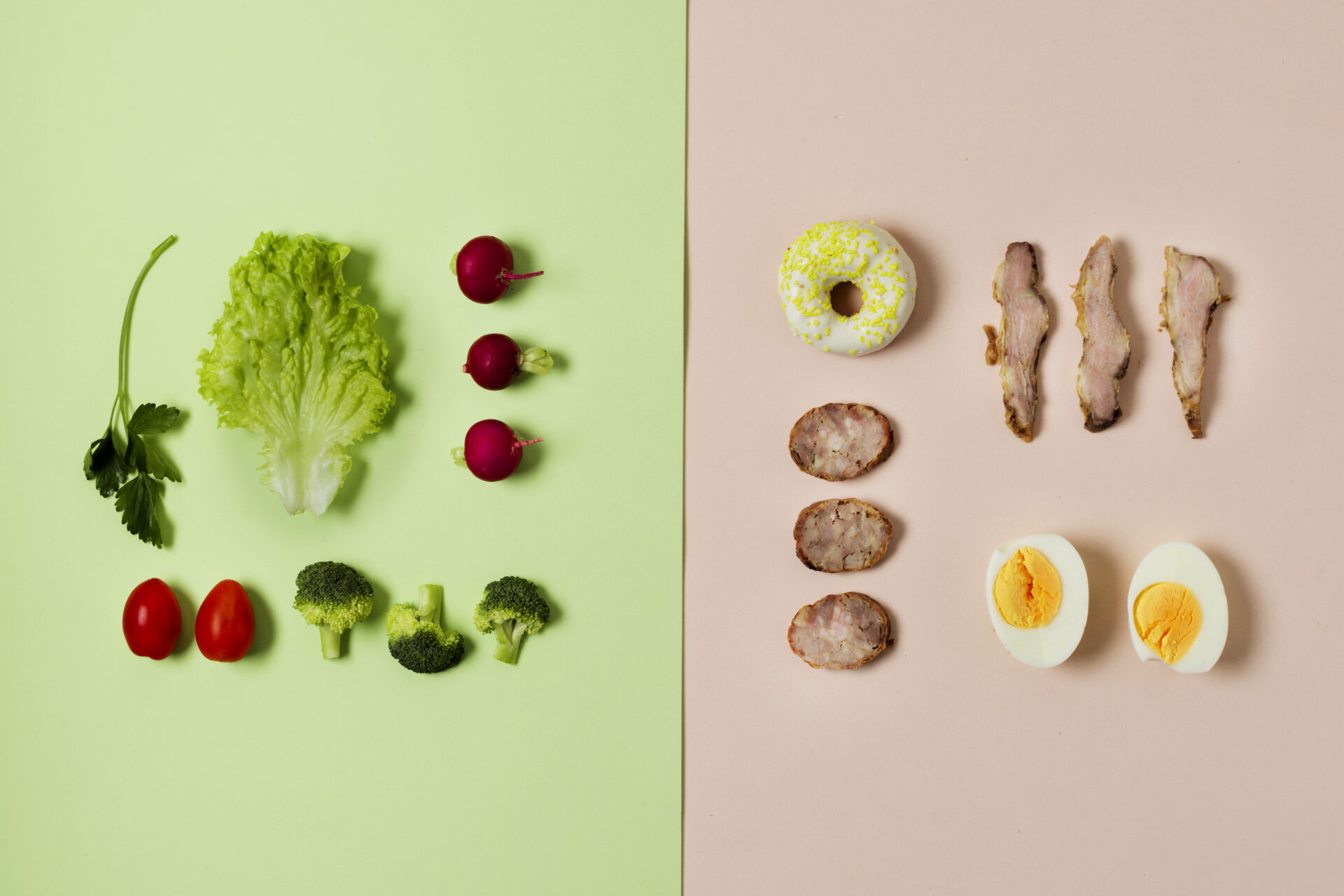Keto vs Paleo: Which Low-Carb Diet Works Best for Fast, Sustainable Weight Loss?
Contents
- 1 Keto vs Paleo: Which Low-Carb Diet Works Best for Fast, Sustainable Weight Loss?
- 1.0.0.0.0.1 Read DISCLAIMER
- 1.0.0.0.0.2 The material presented here is for general informational and educational purposes only and is not medical advice. Although we attempt to provide current and accurate information, this blog should not be used as a replacement for professional medical consultation, diagnosis, or treatment. In all cases, consult your physician or an accredited medical practitioner with regards to any medical condition or treatment. Do not ignore professional medical advice or wait for it on the basis of information provided by this blog. In a medical emergency, call emergency services immediately.
- 1.1 The Low-Carb Revolution: Why Carbs Became the Enemy
- 1.2 Keto Diet: High Fat, Very Low Carb
- 1.3 Paleo Diet: Eating Like Your Ancestors
- 1.4
- 1.5 Keto vs. Paleo: Head-to-Head for Weight Loss
- 1.6 Emotional & Lifestyle Fit: What’s Right for You?
- 1.7 Tips for Success—Whichever Path You Choose
- 1.8 The Bottom Line: Listen to Your Body, Not the Hype
- 1.9 FAQs with Answers:
Confused between Keto and Paleo? Discover the real differences, benefits, and results of each low-carb diet to decide which one works best for fast, sustainable weight loss and better health.
Read DISCLAIMER
The material presented here is for general informational and educational purposes only and is not medical advice. Although we attempt to provide current and accurate information, this blog should not be used as a replacement for professional medical consultation, diagnosis, or treatment. In all cases, consult your physician or an accredited medical practitioner with regards to any medical condition or treatment. Do not ignore professional medical advice or wait for it on the basis of information provided by this blog. In a medical emergency, call emergency services immediately.
Imagine standing in the supermarket aisle, glancing at two diet books—one says Keto is king, the other swears by the Paleo lifestyle. Both promise fat loss, better energy, and a healthier you. But which one do you choose? Which path actually delivers real, lasting weight loss—and more importantly, which one fits your life?
This isn’t just about carbs and fat. It’s about a deeper question so many of us face silently: Why can’t I lose weight even when I try so hard? Maybe you’ve tried counting calories, skipping meals, or joining gym after gym. But the scale still won’t budge. Or worse—it goes up.
In your search for answers, two diet titans often emerge: Keto and Paleo. Both cut carbs. Both ditch sugar. Both claim to reset your metabolism. But they take very different routes. Let’s break down the science, the philosophy, and the emotional journey of each to find out—which one is really right for you?
The Low-Carb Revolution: Why Carbs Became the Enemy
Before diving into Keto and Paleo, it’s important to understand why low-carb diets became so popular. In the past few decades, we’ve seen obesity, diabetes, and metabolic syndrome explode. Many experts trace this back to one culprit: excessive refined carbohydrates—especially sugars, processed grains, and insulin-spiking foods.
When you eat too many carbs (especially the wrong kind), your blood sugar rises and your body produces insulin. Over time, this can lead to insulin resistance—a condition where your body stores more fat, especially around the belly, and struggles to burn it. That’s where low-carb diets step in: they aim to reduce insulin spikes, burn fat for fuel, and stabilize energy.

Keto Diet: High Fat, Very Low Carb
The Keto (Ketogenic) Diet is like flipping a metabolic switch in your body. Instead of burning glucose (from carbs) for energy, you train your body to burn fat, both dietary fat and stored fat. This metabolic state is called ketosis.
Key Principles:
- 70–75% calories from fat
- 20–25% from protein
- Only 5–10% from carbohydrates (typically under 50g/day)
This ultra-low-carb approach forces the body to create ketones, molecules produced by the liver that fuel your brain and body in place of glucose.
What You Can Eat:
- Fatty fish, meat, eggs, butter, coconut oil, avocado, cheese, non-starchy vegetables, nuts (in moderation)
What’s Out:
- Bread, pasta, rice, sugar, beans, most fruits, and anything high in carbs

Paleo Diet: Eating Like Your Ancestors
The Paleo (Paleolithic) Diet, on the other hand, focuses on eating whole, unprocessed foods similar to what our hunter-gatherer ancestors ate. It’s not just about low carbs—it’s about removing anything “modern” or artificial.
Key Principles:
- Focus on real, whole foods
- Eliminate processed foods, grains, dairy, legumes, and added sugars
- Carbs are allowed—but only from natural sources like fruits and starchy vegetables
What You Can Eat:
- Meat, fish, eggs, fruits, vegetables, nuts, seeds, and healthy oils (like olive or coconut)
What’s Out:
- Grains, legumes, dairy, refined sugar, processed oils, artificial ingredients
Keto vs. Paleo: Head-to-Head for Weight Loss
Now that we understand the basics, let’s compare how these diets perform in the real world of weight loss.
- Speed of Weight Loss
- Keto wins here. In the first few weeks, Keto dieters often see rapid weight loss due to water loss (from glycogen depletion) and fat burning. The strict carb limit jumpstarts the process fast.
- Paleo is slower but steadier. It reduces inflammation and improves metabolism, but doesn’t put you in ketosis, so fat loss is more gradual.
- Appetite Control
- Keto can suppress appetite due to ketones and stable blood sugar levels. Many report feeling full longer with fewer cravings.
- Paleo also reduces hunger thanks to nutrient-dense foods, but may not curb cravings as powerfully as Keto.
- Sustainability
- Paleo wins here. It’s less restrictive—you can enjoy fruits, sweet potatoes, and even occasional natural sugars like honey.
- Keto can be hard to maintain long-term, especially in social settings or if you miss carb-based foods.
- Flexibility
- Paleo is more adaptable. It allows for a wider variety of foods, making it easier to enjoy meals with family or travel.
- Keto requires constant monitoring of carbs, which can feel overwhelming or restrictive.
- Nutritional Balance
- Paleo offers a wider range of nutrients from fruits and vegetables, which may be limited in strict Keto.
- Keto, if poorly planned, can lead to deficiencies in fiber, magnesium, or B-vitamins.
Emotional & Lifestyle Fit: What’s Right for You?
It’s not just about macros—it’s about your mindset, your preferences, and your life.
Medical Conditions to Consider
- Keto may be especially helpful for people with:
- Type 2 diabetes
- Metabolic syndrome
- PCOS
- Epilepsy (it was originally designed for this!)
- Paleo is often better for:
- People with autoimmune conditions
- Digestive disorders (like IBS)
- Those seeking hormone balance or anti-inflammatory effects
Warning: If you have kidney issues, liver disease, or are on medication, always consult a doctor before starting Keto.
So… Which One “Reigns Supreme”?
There’s no universal answer.
✅ If your goal is fast fat loss and you love structure: Keto might be your go-to.
✅ If you’re looking for long-term, holistic health and easier adherence: Paleo wins.
✅ If you need quick motivation followed by long-term sustainability: You can even start with Keto and transition to Paleo over time.
Tips for Success—Whichever Path You Choose
- Plan ahead – Most low-carb failures happen in a moment of hunger and no plan. Meal prep is your secret weapon.
- Hydrate and get electrolytes – Especially on Keto, where initial water loss can lead to fatigue or “Keto flu.”
- Prioritize quality – Grass-fed meats, wild-caught fish, organic produce—it’s not just what you cut, it’s what you include.
- Track your body, not just weight – Energy, mood, cravings, sleep—these matter more than just the number on the scale.
The Bottom Line: Listen to Your Body, Not the Hype
Both Keto and Paleo have transformed millions of lives. Both can help you lose weight, feel better, and reclaim your health. But at the end of the day, the best diet is the one you can stick to, the one that aligns with your values, your biology, and your emotional well-being.
Forget chasing trends. Start building a relationship with food that feels good, heals your body, and supports your life—not just your waistline.
So, what’s on your plate tomorrow?
FAQs with Answers:
- What’s the main difference between Keto and Paleo diets?
Keto focuses on very low carbs and high fat to achieve ketosis, while Paleo eliminates processed foods and focuses on whole, ancestral foods without necessarily limiting carbs as strictly. - Which diet helps you lose weight faster: Keto or Paleo?
Keto typically leads to faster initial weight loss due to ketosis and reduced water retention, but Paleo supports more gradual and sustainable fat loss. - Is the Paleo diet low in carbs?
It can be, but not necessarily. Paleo allows fruits and starchy vegetables, so carb intake varies depending on food choices. - Is it safe to follow Keto or Paleo long-term?
Both can be safe if well-balanced. However, strict Keto may lead to nutrient gaps if not properly managed. Paleo is generally easier to sustain long-term. - Can I switch from Keto to Paleo?
Yes, many people start with Keto for quick results and then transition to Paleo for a more flexible lifestyle. - Are fruits allowed on Keto or Paleo?
Fruits are mostly restricted on Keto due to sugar content but are widely accepted on Paleo, especially berries and other low-sugar fruits. - Which is better for energy levels?
Paleo tends to support more stable, long-term energy due to a wider range of nutrients. Keto may cause fatigue initially, but many report higher energy once fat-adapted. - Can vegetarians follow Keto or Paleo?
It’s challenging, especially for Keto. Paleo can be modified more easily with plant-based proteins and fats. - Which is better for blood sugar control?
Keto typically shows faster results in stabilizing blood sugar and reversing insulin resistance, making it beneficial for diabetics. - Are dairy products allowed in these diets?
Dairy is mostly avoided in Paleo, while Keto allows full-fat dairy unless you are intolerant. - Can I build muscle on Keto or Paleo?
Yes, with enough protein and strength training. Paleo may offer more carbs for workout recovery, but Keto works with proper planning. - What’s the “Keto flu” and does Paleo cause it too?
Keto flu refers to fatigue and headaches during the early ketosis phase due to water and electrolyte loss. Paleo usually doesn’t cause this. - Is meal planning hard on these diets?
It takes effort initially, but both become easier with practice. Paleo offers more variety, while Keto requires carb tracking. - Are legumes allowed in Keto or Paleo?
No. Both diets avoid legumes due to carb content (Keto) and anti-nutrients (Paleo). - Which is more family-friendly?
Paleo is generally more flexible for family meals and social settings since it allows more food variety.

I really like what you guys tend to be up too. This kind of clever work and reporting! Keep up the amazing works guys I’ve added you guys to my blogroll. http://www.kayswell.com
My partner and I stumbled over here coming from a different page and thought I might check things out. I like what I see so i am just following you. Look forward to finding out about your web page yet again. http://www.kayswell.com
Hi every one, here every person is sharing these kinds of knowledge, therefore it’s good to read this blog, and I used to pay a quick visit this blog daily. http://www.kayswell.com
Hiya! Quick question that’s totally off topic. Do you know how to make your site mobile friendly? My site looks weird when browsing from my apple iphone. I’m trying to find a template or plugin that might be able to correct this issue. If you have any suggestions, please share. http://www.kayswell.com
Wonderful goods from you, man. I’ve understand your stuff previous to and you’re just too excellent.I really like what you have acquired here, certainly likewhat you are stating and the way in which you say it.You make it entertaining and you still care for to keep it wise.I cant wait to read much more from you. This is actually a wonderful site.